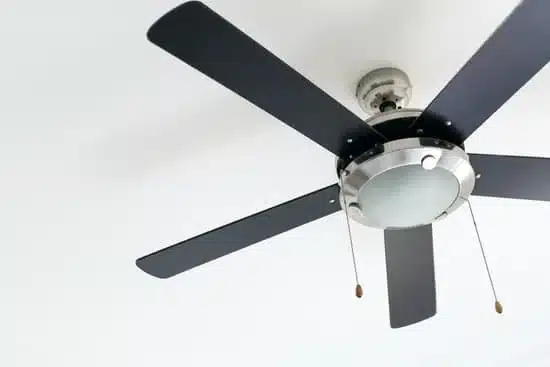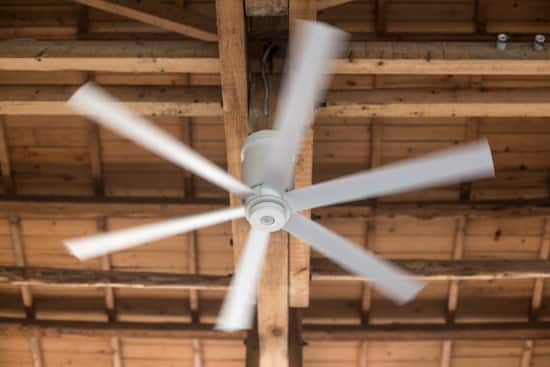Ceiling Fan Installation / Maintenance
Keep Cool, Stay Safe: Professional Ceiling Fan Installation & Maintenance
At Expert Electric, we make comfort and safety a breeze—literally. Whether you’re upgrading an old ceiling fan, installing one in a brand-new spot, or just need a reliable tune-up, our licensed electricians are here to help. Serving homes across British Columbia, we specialize in ceiling fan installation and maintenance that keeps your air flowing and your home energy efficient.

Why Professional Ceiling Fan Installation Matters
Installing a ceiling fan might look simple—until you’re dealing with heavy hardware, ceiling braces, or complex wiring. That’s where we come in. Our team ensures:
- Safe electrical connections that meet BC code
- Sturdy ceiling support for optimal fan operation
- Clean and professional finishes that enhance your décor
Whether it’s a smart fan, dual-motor design, or something classic, we install it right the first time.

Benefits of Ceiling Fan Installation
Cool in the Summer: Enhance airflow and reduce reliance on AC
- Warm in the Winter: Reverse fan direction to push warm air down
- Lower Energy Bills: Help HVAC systems work less
- Style & Functionality: Fans now come with smart controls, lights, and sleek finishes
Our electricians assess room size, ceiling height, and existing wiring to recommend the perfect fan for your needs.
Ceiling Fan Maintenance Services
Already have a ceiling fan? Let us help keep it humming.
We offer:
- Blade cleaning and balancing
- Motor and wiring inspection
- Lubrication of moving parts
- Secure mounting checks
- Switch and remote testing
A well-maintained ceiling fan lasts longer, runs quieter, and works more efficiently.

Indoor & Outdoor Ceiling Fan Installations
From vaulted ceilings to covered patios, we handle it all. Our electricians are experienced in:
- Living rooms
- Bedrooms
- Kitchens
- Outdoor decks
- Bathrooms with damp-rated fans
Want smart fan control? We can integrate voice assistants or wall-mounted controls for easy use.
Frequently Asked Questions
Q: Why should I hire a professional electrician for ceiling fan installation?
A: Hiring a licensed electrician ensures your ceiling fan is installed safely and correctly, with all electrical connections meeting local codes. Professionals like Expert Electric help avoid fire hazards, improper mounting, or wiring issues that DIY jobs often cause.
Q: How long does a ceiling fan installation take?
A: Typically, a standard ceiling fan installation takes between 1 to 3 hours, depending on whether new wiring or a ceiling brace is needed. Expert Electric technicians work efficiently to minimize disruptions in your home.
Q: Can ceiling fans reduce my energy bills?
A: Yes! Proper ceiling fan use helps circulate air, reducing the need for constant heating or cooling. In summer, it creates a wind-chill effect; in winter, reversing the fan direction redistributes warm air.
Q: Is it possible to install a ceiling fan where there was only a light fixture?
A: Yes, but it requires replacing the electrical box with a fan-rated support box. Our electricians assess your ceiling’s structure and ensure it can handle the fan’s weight and vibration.
Q: Do I need a permit for ceiling fan installation in BC?
Why Choose Expert Electric?
We’re not just electricians. We’re ceiling fan whisperers.
- Fully Licensed and Bonded
- On-time Service with upfront pricing
- Expert Advice on fan type, placement, and energy savings
- Fast, Clean Installs done right the first time
Serving homes throughout the Lower Mainland and beyond, we bring decades of experience to every job.
Book Your Ceiling Fan Installation Today
Ready to install a new ceiling fan or maintain an old favorite? Let the pros at Expert Electric handle it all. Contact us today for a fast, friendly, and professional service that puts your comfort first.
- Call us: 604-681-8338
- Email: info@expertelectric.ca
- Service Area: Vancouver & across the Lower Mainland
